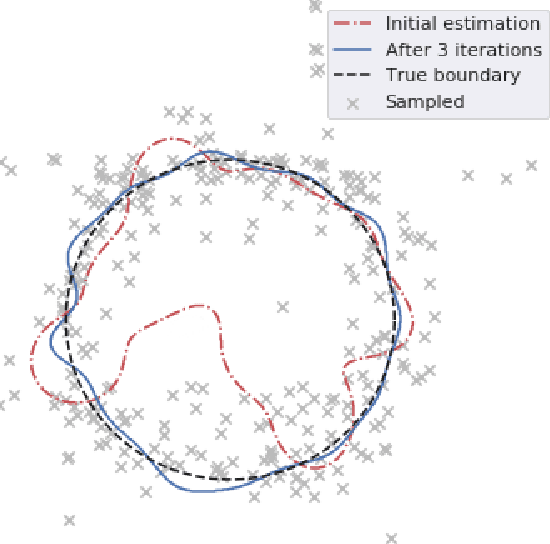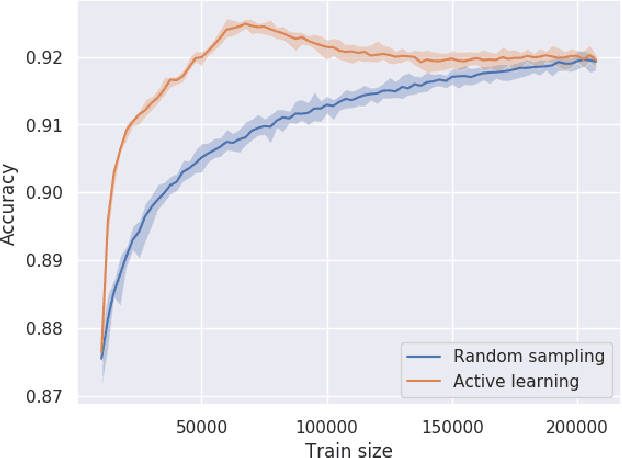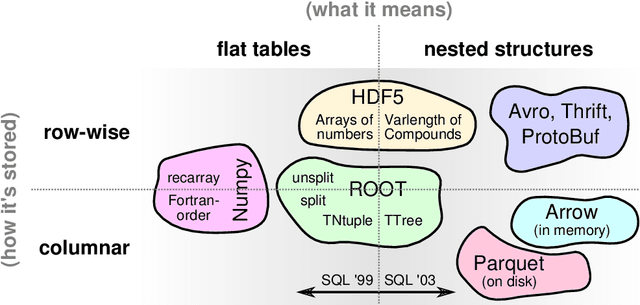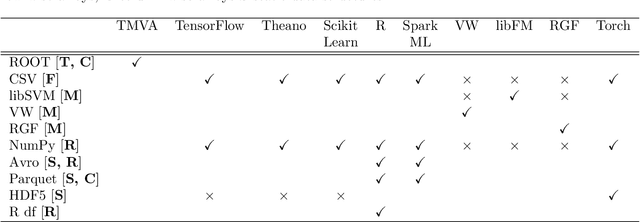Bob Stienen
Constraining the Parameters of High-Dimensional Models with Active Learning
May 19, 2019



Abstract:Constraining the parameters of physical models with $>5-10$ parameters is a widespread problem in fields like particle physics and astronomy. In this paper we show that this problem can be alleviated by the use of active learning. We illustrate this with examples from high energy physics, a field where computationally expensive simulations and large parameter spaces are common. We show that the active learning techniques query-by-committee and query-by-dropout-committee allow for the identification of model points in interesting regions of high-dimensional parameter spaces (e.g. around decision boundaries). This makes it possible to constrain model parameters more efficiently than is currently done with the most common sampling algorithms. Code implementing active learning can be found on GitHub.
Machine Learning in High Energy Physics Community White Paper
Jul 08, 2018


Abstract:Machine learning is an important research area in particle physics, beginning with applications to high-level physics analysis in the 1990s and 2000s, followed by an explosion of applications in particle and event identification and reconstruction in the 2010s. In this document we discuss promising future research and development areas in machine learning in particle physics with a roadmap for their implementation, software and hardware resource requirements, collaborative initiatives with the data science community, academia and industry, and training the particle physics community in data science. The main objective of the document is to connect and motivate these areas of research and development with the physics drivers of the High-Luminosity Large Hadron Collider and future neutrino experiments and identify the resource needs for their implementation. Additionally we identify areas where collaboration with external communities will be of great benefit.
 Add to Chrome
Add to Chrome Add to Firefox
Add to Firefox Add to Edge
Add to Edge